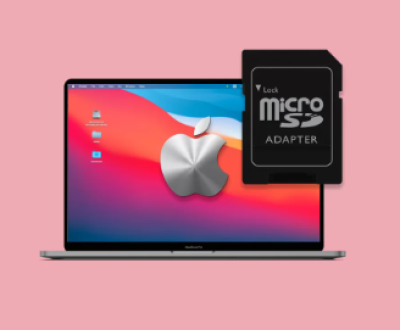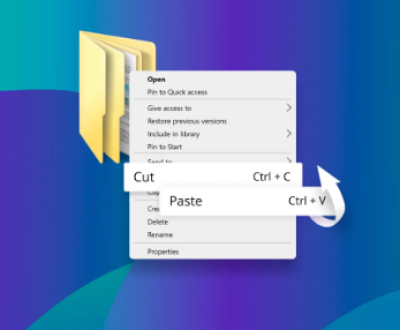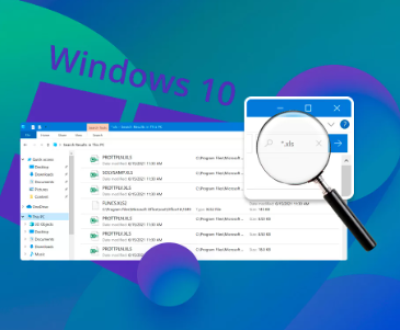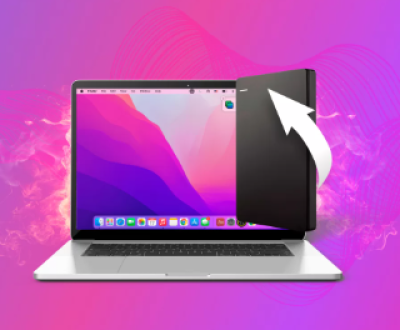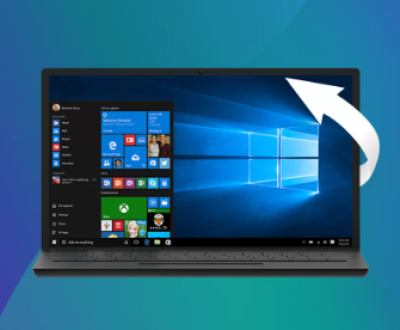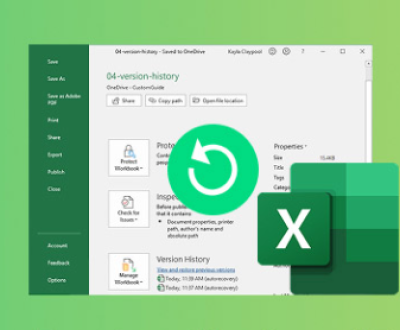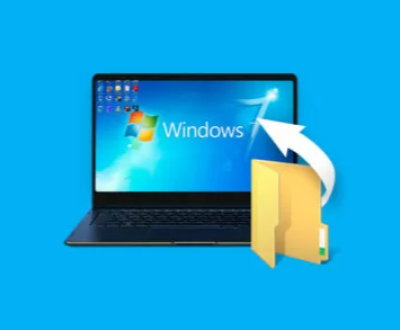Compact yet powerful, these small devices are often the go-to solution for transferring files, backing up critical data, or simply serving as a portable storage companion. Whether you’re a student carrying class projects, a photographer preserving breathtaking moments, or a business professional safeguarding sensitive documents, USB drives have revolutionized the way we manage data. However, this convenience comes with its own set of vulnerabilities. The accidental deletion of files from a USB drive can be a distressing experience, one that feels akin to losing a cherished memory or an essential piece of work.
The short answer is yes. In most cases, the files are not truly erased but are instead marked as “free space,” ready to be overwritten by new data. This means that recovery is possible if you act swiftly and use the right tools and techniques. However, this journey from despair to relief is not always straightforward. It requires a basic understanding of how file storage works, the right set of tools, and careful handling of the USB drive to prevent further data loss.

The Anatomy of Data Deletion: What Happens When You Delete Files?
When you delete a file from a USB drive, it doesn’t vanish into thin air. Instead, the file system (the mechanism that organizes and manages files on the drive) marks the space previously occupied by the file as “available.” This means the file is no longer visible or accessible through conventional means, but the actual data remains on the drive until it’s overwritten by new information.
This concept is crucial for understanding data recovery. If no new data has been written to the drive since the file’s deletion, recovery tools can scan the USB drive for traces of the lost file and reconstruct it. However, if the drive has been actively used after the deletion, the chances of successful recovery diminish as the old data gets overwritten.
Why USB Drives Are Prone to Data Loss
USB drives, while incredibly convenient, are also susceptible to a variety of issues that can lead to data loss. Here are some common scenarios:
Accidental Deletion: Perhaps the most common reason, this occurs when files are mistakenly deleted during organization or transfer.
Formatting: Sometimes, users format a USB drive to fix errors or change its file system, only to realize they didn’t back up their data.
Corruption: A USB drive can become corrupted due to improper ejection, malware, or physical damage, making files inaccessible.
Human Error: Misplacing files, overwriting existing data, or deleting files without realizing their importance can lead to data loss.
Device Failure: While rare, hardware malfunctions can render a USB drive unreadable, putting all stored data at risk.
Understanding these vulnerabilities underscores the importance of regular backups and careful handling of USB drives. However, in the unfortunate event that data is lost, all hope is not lost.
The Emotional Toll of Data Loss
Data loss is more than just a technical inconvenience; it often carries an emotional weight. For instance, a photographer losing years of work stored on a USB drive might feel a profound sense of loss, akin to losing a part of their identity. Similarly, a student losing their thesis or a professional misplacing critical work files can experience anxiety and stress, knowing the repercussions could be severe.
This emotional aspect of data loss highlights why recovery is so important. Beyond the technical steps involved, recovering lost files is often about restoring peace of mind and regaining a sense of control.
What to Do Immediately After Deletion
If you’ve accidentally deleted files from a USB drive, your immediate actions can significantly impact the likelihood of successful recovery. Here are the key steps to follow:
Stop Using the USB Drive: Avoid writing new data to the drive to prevent overwriting the deleted files.
Safely Eject the Drive: Remove the USB drive from your device to minimize the risk of accidental overwrites or further corruption.
Choose the Right Recovery Method: Depending on the nature of the deletion, select an appropriate recovery tool or technique.
Act Quickly: Time is of the essence, as the longer the drive remains unused, the higher the chances of recovery.
The Tools of Recovery: Software and Techniques
A wide range of data recovery software tools is available to help recover deleted files from a USB drive. Some popular options include:
Panda Assistant is a comprehensive data recovery tool designed to help users recover lost, deleted, or corrupted files from various types of storage devices, such as USB drives, hard drives, memory cards, and more. Whether files were lost due to accidental deletion, formatting errors, or system crashes, Panda Assistant offers an intuitive and effective solution to restore them.
The software is equipped with powerful scanning algorithms that enable it to locate and recover a wide range of file types, including documents, photos, videos, and audio files. Users can preview files before recovery, ensuring that only the necessary data is restored. Panda Assistant also features different recovery modes, such as quick scan and deep scan, allowing users to choose the best option depending on the extent of data loss.
These tools work by scanning the USB drive for traces of deleted files and offering options for recovery. While some are free, others may require a subscription for full functionality.
Preventive Measures for the Future
While recovering deleted files is possible, prevention is always better than cure. Here are some best practices to avoid data loss on USB drives:
Regular Backups: Always keep a backup of critical files on a separate storage device or cloud service.
Proper Ejection: Safely eject your USB drive to prevent corruption.
Organized Storage: Maintain a clear and organized folder structure to minimize the risk of accidental deletion.
Antivirus Protection: Keep your devices secure to prevent malware from compromising your USB drive.
Avoid Overuse: USB drives have a limited lifespan, so replace them periodically to avoid hardware failure.
Recovering deleted files from a USB drive can feel like navigating uncharted waters, especially when the data holds significant personal or professional value. However, with the right tools, techniques, and a proactive approach, it’s possible to undo the damage and restore your lost files. This guide has laid the foundation for understanding the intricacies of USB data recovery, empowering you to take control of your digital storage and safeguard your valuable information.
About us and this blog
Panda Assistant is built on the latest data recovery algorithms, ensuring that no file is too damaged, too lost, or too corrupted to be recovered.
Request a free quote
We believe that data recovery shouldn’t be a daunting task. That’s why we’ve designed Panda Assistant to be as easy to use as it is powerful. With a few clicks, you can initiate a scan, preview recoverable files, and restore your data all within a matter of minutes.
Subscribe to our newsletter!
More from our blog
See all postsRecent Posts
- How to restore lost files on sd card 2025-07-03
- How to restore lost files 2025-07-03
- How to restore lost word document 2025-07-03

 Try lt Free
Try lt Free Recovery success rate of up to
Recovery success rate of up to

